Home>Furniture & Design>Interior Design Trends>How Many Calories Are In A Glass Of White Zinfandel


Interior Design Trends
How Many Calories Are In A Glass Of White Zinfandel
Published: February 5, 2024
Discover the calorie count in a glass of white Zinfandel and stay updated on the latest interior design trends. Explore our comprehensive guide now!
(Many of the links in this article redirect to a specific reviewed product. Your purchase of these products through affiliate links helps to generate commission for Storables.com, at no extra cost. Learn more)
Introduction
White Zinfandel, a popular wine known for its refreshing and fruity characteristics, has become a staple in the world of wine enthusiasts. Whether enjoyed during a casual gathering or paired with a delectable meal, this light and versatile wine has captured the hearts of many. However, as with any alcoholic beverage, it's essential to understand its nutritional aspects, including calorie content, to make informed choices about consumption.
In this article, we delve into the intriguing world of White Zinfandel, uncovering its nutritional information and shedding light on the factors that influence its calorie content. By gaining a comprehensive understanding of the calories in White Zinfandel, readers can make mindful decisions about incorporating this beloved wine into their lifestyles.
Join us on this enlightening journey as we explore the nuances of White Zinfandel, from its origins and flavor profile to the essential nutritional details that every wine enthusiast should be aware of. Let's embark on this delightful exploration to unravel the mysteries of White Zinfandel and gain valuable insights into its calorie content.
Key Takeaways:
- White Zinfandel contains approximately 120-130 calories in a 5-ounce serving, making it a relatively low-calorie beverage. Understanding its calorie content empowers mindful consumption and informed dietary choices.
- Factors such as alcohol content, residual sugar, and serving size influence the calorie count of White Zinfandel. Enjoying it in moderation and embracing a balanced lifestyle enhances the overall wine experience.
Read more: How Many Calories Is A Glass Of White Zin?
Understanding White Zinfandel
White Zinfandel, often celebrated for its delicate and refreshing profile, is a type of rosé wine that has garnered widespread popularity among wine enthusiasts. Contrary to the common misconception that it is a distinct grape variety, White Zinfandel is crafted from the red Zinfandel grape. The winemaking process involves minimal contact between the grape skins and the juice, resulting in its signature pale pink hue and light-bodied nature.
This beloved wine is renowned for its approachable and fruit-forward characteristics, boasting notes of ripe berries, watermelon, and a hint of floral aroma. Its inherent sweetness, balanced acidity, and lower alcohol content make it an ideal choice for those seeking a lighter and more quaffable wine experience.
White Zinfandel's versatility extends to its ability to complement a wide array of dishes, from light salads and seafood to spicy cuisines and savory barbecue fare. Its inherent fruitiness and subtle sweetness can harmonize with diverse flavors, making it a delightful accompaniment to a variety of culinary creations.
In terms of serving temperature, White Zinfandel is best enjoyed when lightly chilled, enhancing its refreshing and vibrant qualities. Whether sipped on a warm summer day or savored during a casual gathering, this delightful wine has the ability to elevate any occasion with its easy-drinking charm.
The production of White Zinfandel has evolved over the years, with winemakers continuously refining their techniques to capture the essence of the Zinfandel grape while embracing modern preferences. As a result, contemporary White Zinfandels exhibit a spectrum of styles, ranging from off-dry to slightly sweet, catering to diverse palates and preferences.
In essence, White Zinfandel embodies a harmonious blend of tradition and innovation, offering a delightful sensory experience that resonates with both seasoned wine enthusiasts and newcomers to the world of wine. Its accessibility, vibrant flavors, and versatile nature have solidified its status as a beloved classic in the realm of rosé wines, captivating the hearts of wine lovers around the globe.
Nutritional Information of White Zinfandel
White Zinfandel, like all wines, contains essential nutritional components that contribute to its overall profile. Understanding the nutritional information of White Zinfandel is crucial for individuals who are mindful of their dietary intake and overall well-being.
One of the primary nutritional aspects of White Zinfandel is its calorie content. On average, a standard 5-ounce serving of White Zinfandel contains approximately 120-130 calories. This calorie count may vary slightly depending on the specific winemaking techniques employed by different producers. It's important to note that the calorie content of White Zinfandel primarily stems from its alcohol and residual sugar content.
In addition to calories, White Zinfandel also contains carbohydrates, albeit in modest amounts. A 5-ounce serving typically provides around 4-5 grams of carbohydrates. This carbohydrate content is derived from the natural sugars present in the wine, contributing to its characteristic hint of sweetness.
Furthermore, White Zinfandel is low in protein and fat, with negligible amounts present in a standard serving. As a result, it is considered a relatively low-calorie beverage compared to many other alcoholic drinks.
It's worth noting that while White Zinfandel offers a delightful sensory experience, it's essential to consume it in moderation. Being mindful of portion sizes and incorporating it into a balanced diet is key to enjoying its attributes while maintaining a healthy lifestyle.
By understanding the nutritional information of White Zinfandel, individuals can make informed choices about its inclusion in their dietary regimen. Whether sipped on its own or paired with a delectable meal, being aware of its calorie and carbohydrate content empowers individuals to savor this beloved wine responsibly.
In essence, the nutritional information of White Zinfandel provides valuable insights into its dietary impact, allowing enthusiasts to appreciate its flavors while aligning with their personal wellness goals.
Factors Affecting Calories in White Zinfandel
The calorie content of White Zinfandel is influenced by several key factors, each playing a significant role in shaping its nutritional profile. Understanding these factors provides valuable insights into the calorie composition of this beloved wine, empowering enthusiasts to make informed choices about its consumption.
-
Alcohol Content: One of the primary determinants of the calorie count in White Zinfandel is its alcohol content. As with all alcoholic beverages, the alcohol present in the wine contributes to its overall caloric value. White Zinfandel typically contains a moderate alcohol content, which directly impacts its calorie content. The higher the alcohol by volume (ABV), the greater the calorie count per serving.
-
Residual Sugar: The residual sugar content in White Zinfandel also plays a pivotal role in its calorie composition. This type of wine is known for its subtle sweetness, attributed to the residual sugars remaining after fermentation. While the exact residual sugar levels can vary among different White Zinfandel offerings, a higher residual sugar content generally contributes to an increase in the wine's calorie content.
-
Winemaking Techniques: The specific winemaking techniques employed by producers can influence the calorie content of White Zinfandel. Factors such as fermentation duration, temperature control, and blending practices can impact the final nutritional composition of the wine. For instance, extended fermentation that converts more sugar into alcohol can result in a lower residual sugar content and, consequently, a reduction in calorie count.
-
Serving Size: The serving size of White Zinfandel directly affects the total calorie intake. While a standard serving is typically defined as 5 ounces, variations in portion sizes can lead to differences in calorie consumption. It's important for individuals to be mindful of their serving sizes to accurately gauge their calorie intake from White Zinfandel.
-
Fortification and Additives: Some winemakers may employ fortification techniques or additives that can impact the calorie content of White Zinfandel. While these practices are less common in the production of White Zinfandel compared to other wine styles, they can contribute to variations in the wine's nutritional profile.
By considering these influential factors, individuals can gain a deeper understanding of the calorie composition of White Zinfandel. This knowledge empowers wine enthusiasts to appreciate the nuances of this beloved wine while making conscious decisions about its role in their dietary and lifestyle choices.
Health Considerations
When it comes to enjoying White Zinfandel, it's essential to consider the health implications associated with its consumption. While this beloved wine offers delightful sensory experiences, it's crucial to approach its intake with mindfulness and moderation.
Moderate consumption of White Zinfandel can be part of a balanced lifestyle. The key lies in understanding the potential health considerations and making informed choices. Here are some essential factors to consider:
Read more: How Many Calories In A Glass Of White Wine
1. Moderation is Key
Moderation is fundamental when incorporating White Zinfandel into one's lifestyle. The Dietary Guidelines for Americans define moderate alcohol consumption as up to one drink per day for women and up to two drinks per day for men. Adhering to these guidelines can help individuals enjoy the pleasures of White Zinfandel while minimizing potential health risks.
2. Caloric Awareness
Being mindful of the calorie content of White Zinfandel is crucial, especially for individuals focused on weight management or calorie-conscious diets. While White Zinfandel is relatively low in calories compared to many other alcoholic beverages, understanding its caloric impact can aid in making informed dietary choices.
3. Alcohol and Health
It's important to acknowledge the potential effects of alcohol on health. While moderate alcohol consumption may have certain cardiovascular benefits, excessive or binge drinking can lead to adverse health outcomes. Understanding individual tolerance levels and consuming White Zinfandel responsibly is paramount for overall well-being.
4. Individual Sensitivities
Every individual's response to alcohol and wine can vary. Factors such as tolerance, allergies, and sensitivities should be taken into account when considering the consumption of White Zinfandel. Being aware of personal limitations and potential sensitivities can help individuals make choices that align with their well-being.
Read more: How Many Calories Is A Glass Of Milk
5. Balanced Lifestyle
Incorporating White Zinfandel into a balanced lifestyle that includes a nutritious diet, regular physical activity, and overall wellness practices is essential. Embracing a holistic approach to health and well-being can enhance the overall enjoyment of White Zinfandel within the context of a healthy lifestyle.
By considering these health-related factors, individuals can approach the consumption of White Zinfandel with a well-informed perspective. Making conscious choices and embracing moderation can allow enthusiasts to savor the delightful attributes of White Zinfandel while prioritizing their health and well-being.
In essence, understanding the health considerations associated with White Zinfandel empowers individuals to enjoy this beloved wine in a manner that aligns with their personal wellness goals and lifestyle choices.
Conclusion
In conclusion, White Zinfandel, with its refreshing and fruit-forward profile, holds a cherished place in the world of wine. As we've explored its nutritional information and the factors influencing its calorie content, it's evident that understanding the nuances of this beloved wine is essential for making informed choices about its consumption.
The average calorie count of approximately 120-130 calories in a standard 5-ounce serving provides valuable insight into the dietary impact of White Zinfandel. Factors such as alcohol content, residual sugar levels, winemaking techniques, and serving size play pivotal roles in shaping its calorie composition. By considering these influential factors, individuals can gain a deeper understanding of the nutritional aspects of White Zinfandel, empowering them to make conscious decisions about its role in their lifestyles.
When it comes to health considerations, moderation, caloric awareness, and a balanced lifestyle are key principles to bear in mind. Embracing a mindful approach to enjoying White Zinfandel can enhance the overall experience while prioritizing individual well-being.
Ultimately, White Zinfandel embodies a harmonious blend of tradition and innovation, offering a delightful sensory experience that resonates with both seasoned wine enthusiasts and newcomers to the world of wine. Its accessibility, vibrant flavors, and versatile nature have solidified its status as a beloved classic in the realm of rosé wines, captivating the hearts of wine lovers around the globe.
By unraveling the mysteries of White Zinfandel and gaining valuable insights into its calorie content, enthusiasts can savor this beloved wine responsibly, appreciating its flavors while aligning with their personal wellness goals. Whether enjoyed on its own or paired with a delectable meal, White Zinfandel continues to enrich gatherings and elevate moments with its easy-drinking charm.
In essence, the journey through the world of White Zinfandel has provided a deeper appreciation for its delightful attributes and nutritional impact. Armed with this knowledge, individuals can embark on their wine experiences with a newfound understanding of the beloved White Zinfandel, embracing its flavors while making mindful choices that resonate with their well-being.
Frequently Asked Questions about How Many Calories Are In A Glass Of White Zinfandel
Was this page helpful?
At Storables.com, we guarantee accurate and reliable information. Our content, validated by Expert Board Contributors, is crafted following stringent Editorial Policies. We're committed to providing you with well-researched, expert-backed insights for all your informational needs.


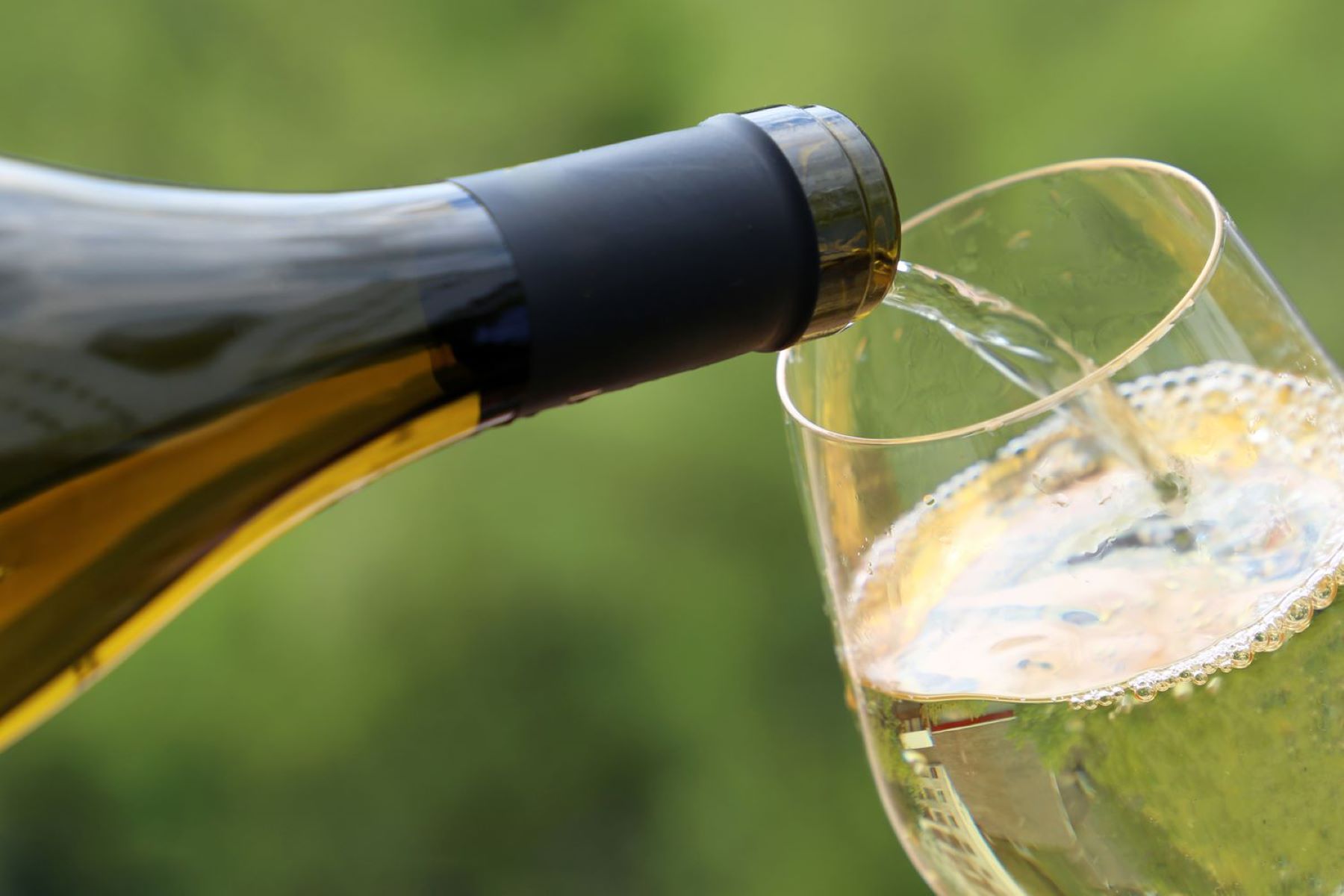


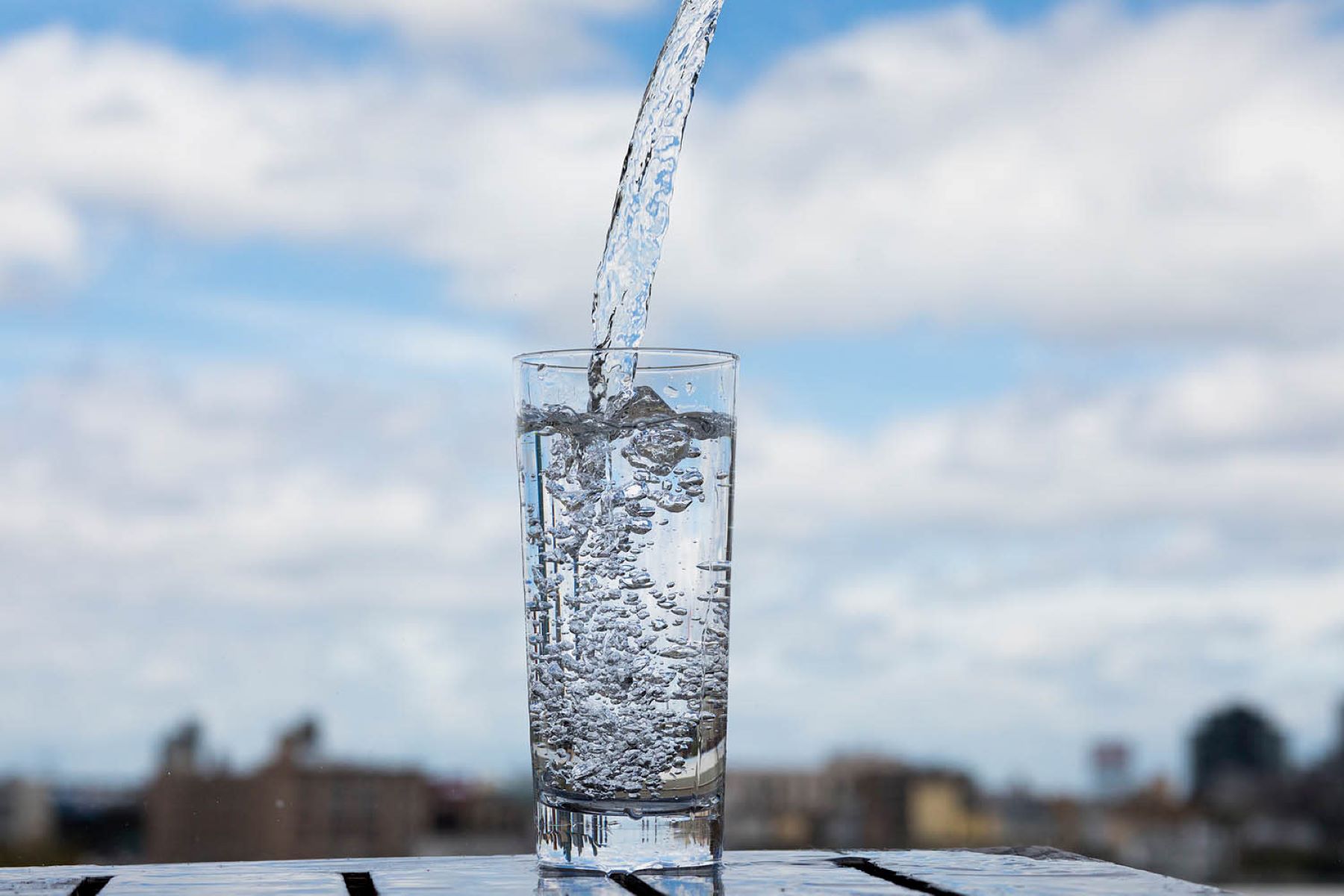

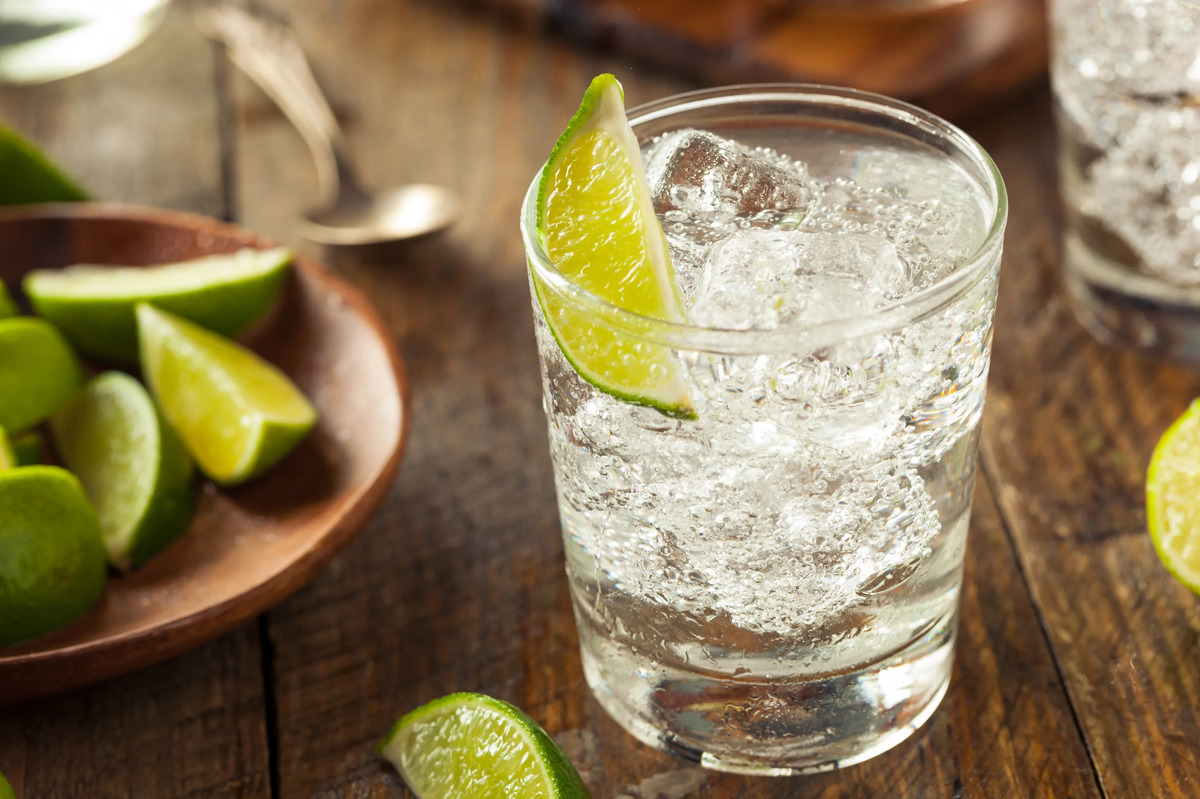
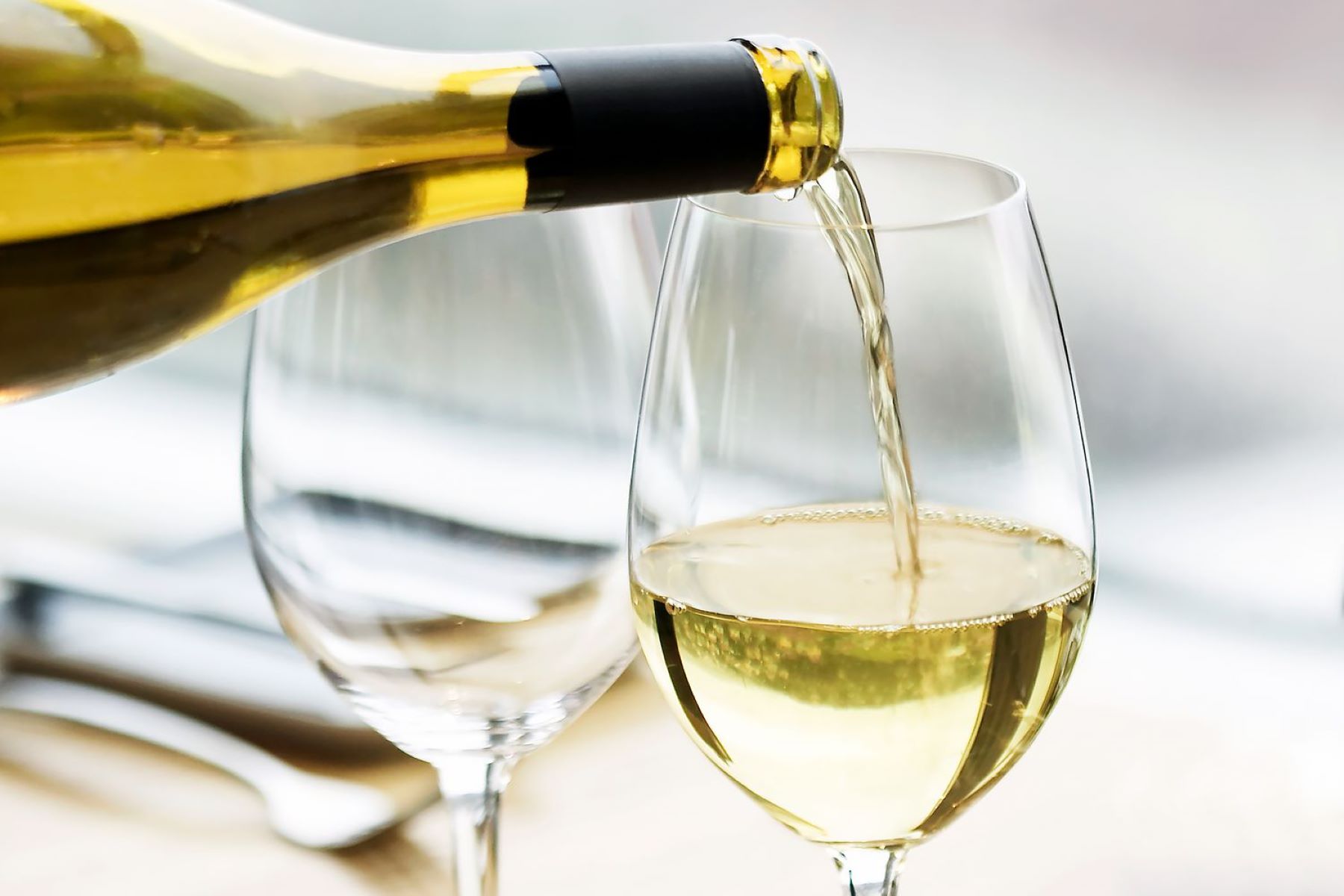

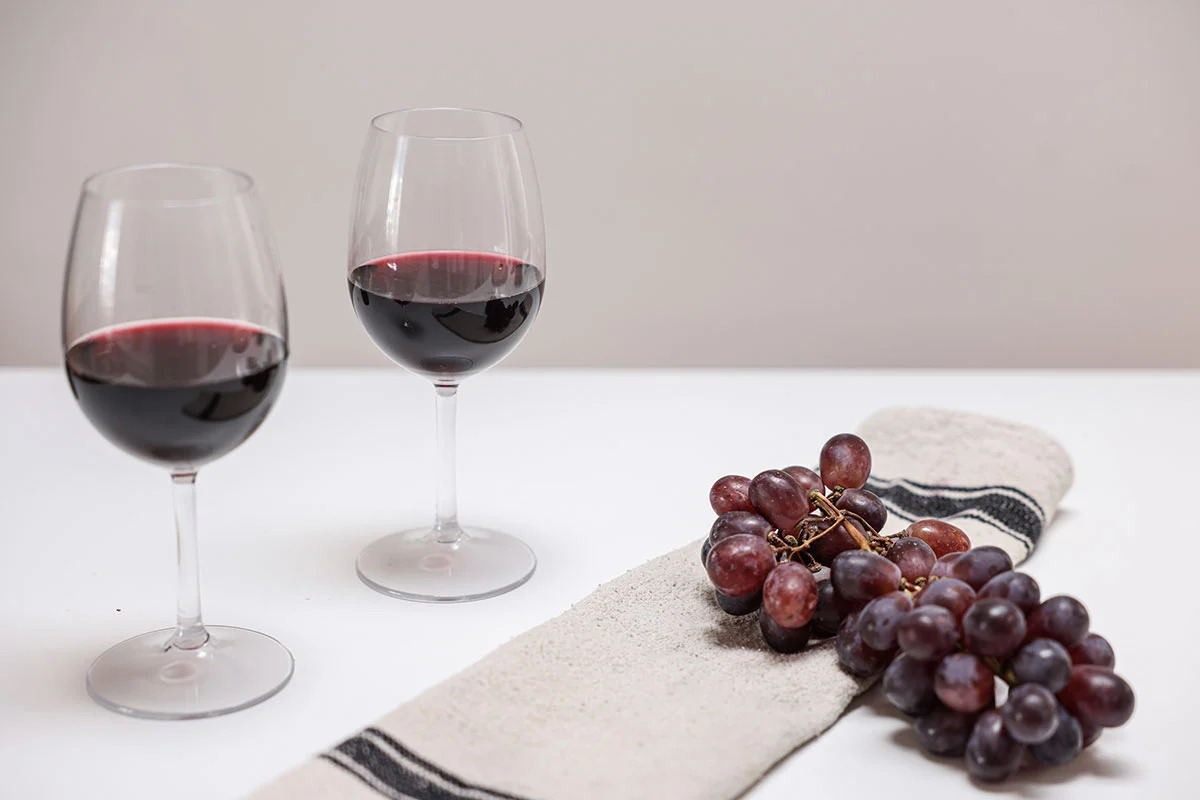
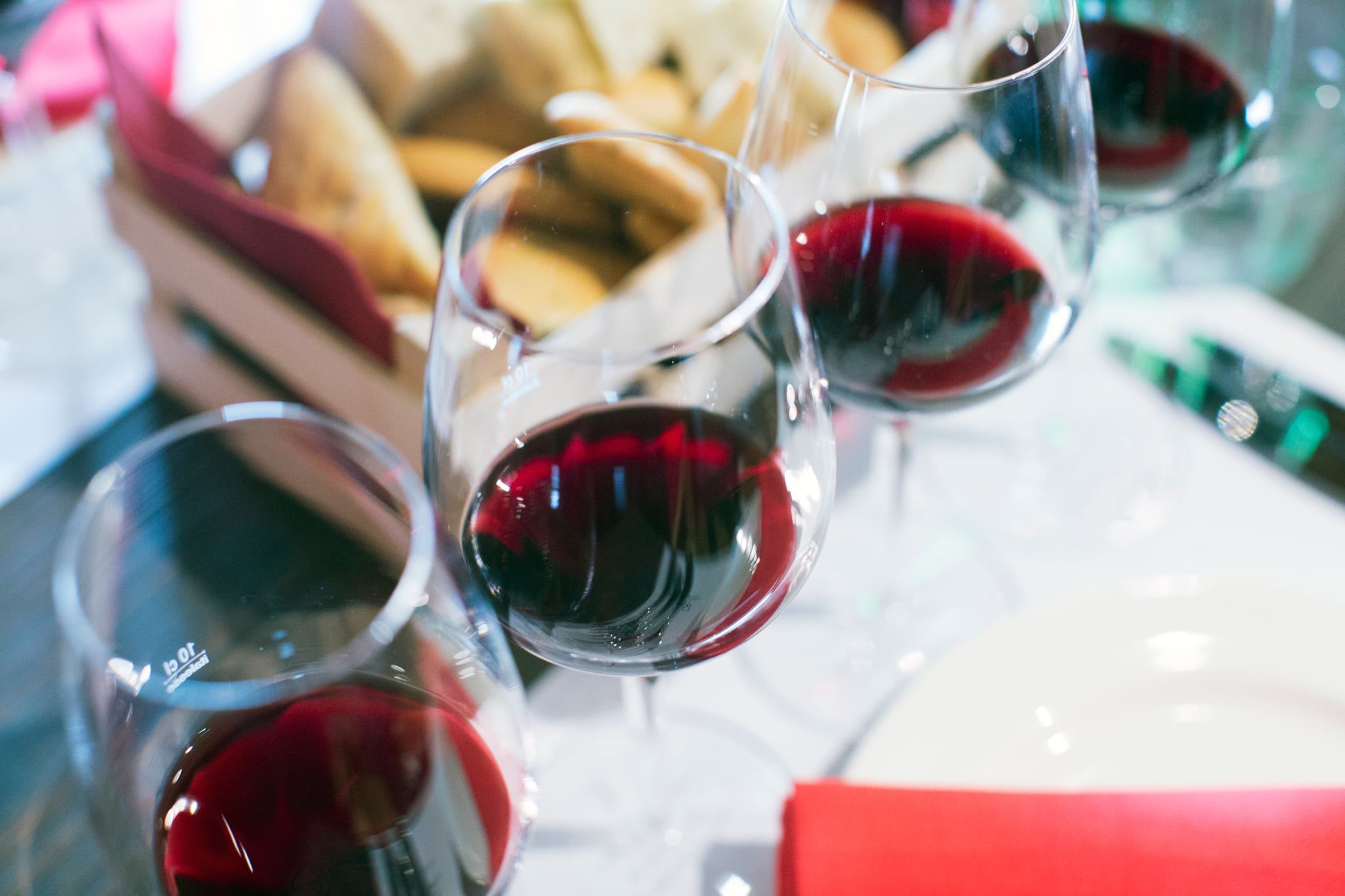


0 thoughts on “How Many Calories Are In A Glass Of White Zinfandel”